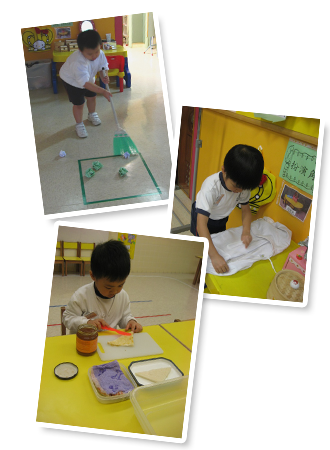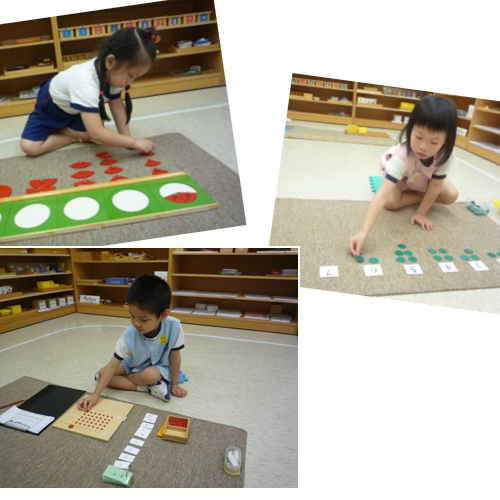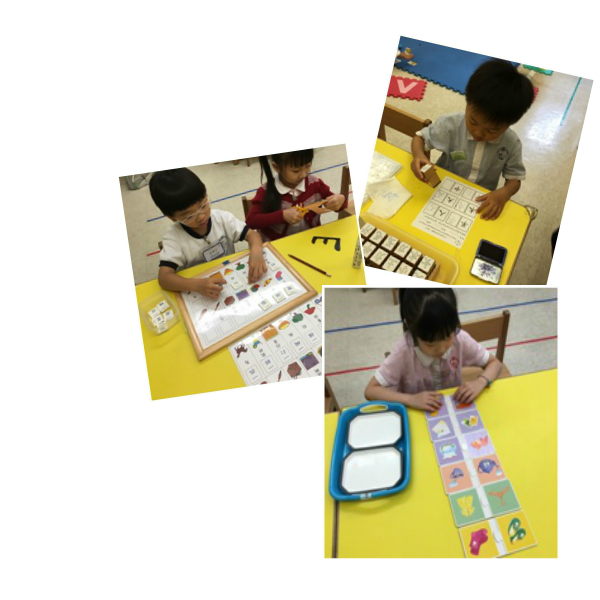Summary
Maria Montessori was born in Italy in 1870. She became the first female doctor in Rome by the age of 26. Later, she devoted herself to the study of medical service and education of children with mental disabilities. She utilized her skills in medicine and science, and designed an education model to help the children out. After that, she applied her education theory into normal children and set up the first ‘children’s home’ in Rome. Gradually, she developed a systemic and scientific teaching model for children. Until now, many countries are still adopting this education model. By using systematic and scientific learning tools, students are able to proactively learn by themselves.
Practical Life Education
Aim: develop children’s concentration, physical coordination, obedience and independence.
Content: including etiquette, body control, body coordination, taking care of themselves, caring about the environment, food preparation…etc.
Methods: to foster the comprehensive development of body movement, spirit, mind and virtue by teaching students to master the daily living skill. It can also motivate them to create a better being of themselves.
Sensorial Education
Aim: to foster sensitivity of five senses and develop the skill of logical thinking
Content: develop the five senses including seeing, hearing, touching, smelling and tasting etc.
Methods: to guide children to learn by matching, categorization, sequence. Let them make use of the three-period lesson to foster their learning.
Mathematics Education
Aim: to foster the basic Mathematics abilities (Logic, shape, space, quantity, number) and learn about the language and symbol of Mathematics.
Content: to launch preschool Mathematic education. Children learn about 1-10, consecutive number, introduction to names of decimal units, calculation and memorizing decimals, six parts of fraction.
Methods: to guide children to observe and explore in order to develop concept, help them to distinguish differences, categorize and make judgment to solve problems.
Language Education
Aim: to foster children’s ability in listening, communication, comprehension, express, imagination and language etiquette.
Content: to be divided into listening, speaking, writing, and reading. This includes listening, visual and verbal drilling, development of value, preparation in writing and reading in practice.
Methods: to improve student’s language ability under a multilingual learning environment; bring up children’s interests in reading, questioning, and expressing opinions.
Cultural Education
Aim: to let children know more about the nature and humanity understand how to respect themselves and others, cherish life, love the world, and care about the environment.
Content: History, geography, plant, animals, astronomy and geology…etc.
Method: Through observation and exploration, children are able to broaden their horizon and become a resilient observant in society.
*Remarks:
Three-Period Lesson:
1st stage: Naming – Develop an association between an object and its name.
Example: Tell children “This is …”
2nd stage: Recognizing – To make sure children know the names of the objects.
Example: Tell children “Please give me…”
3rd stage: Remembering – Association between names and objects, or regeneration of memory toward the names of objects.
Example: Ask children “What is this?” “What is the name of this?”







